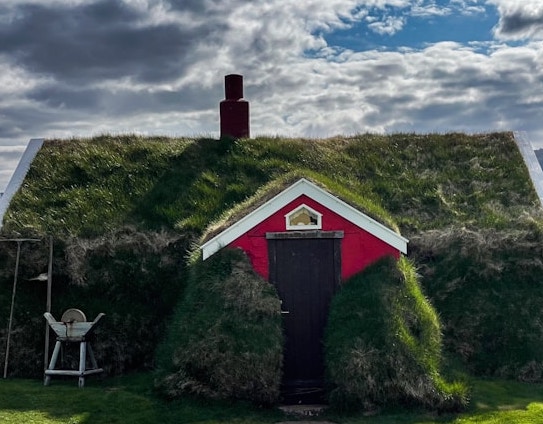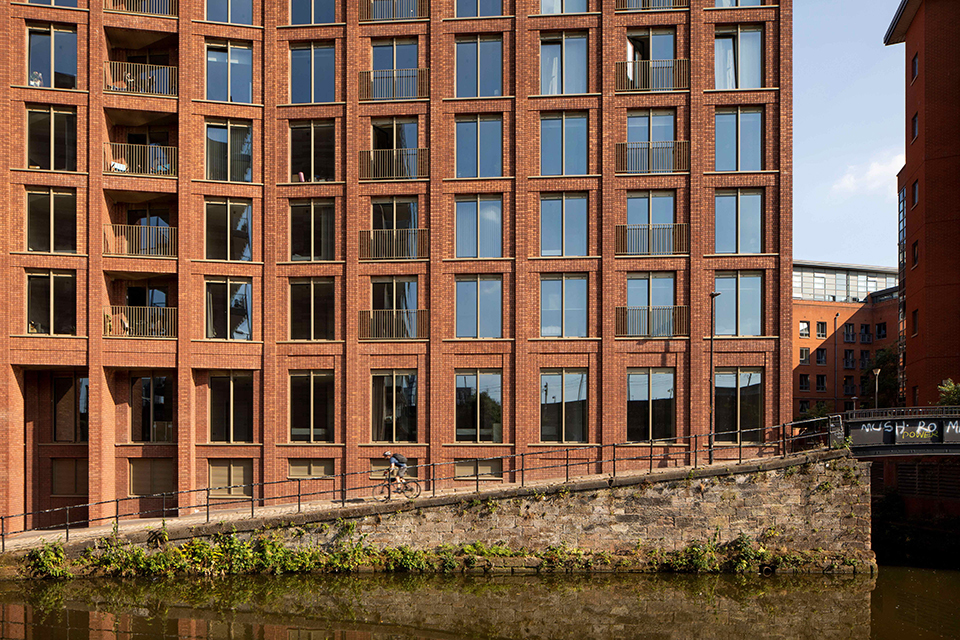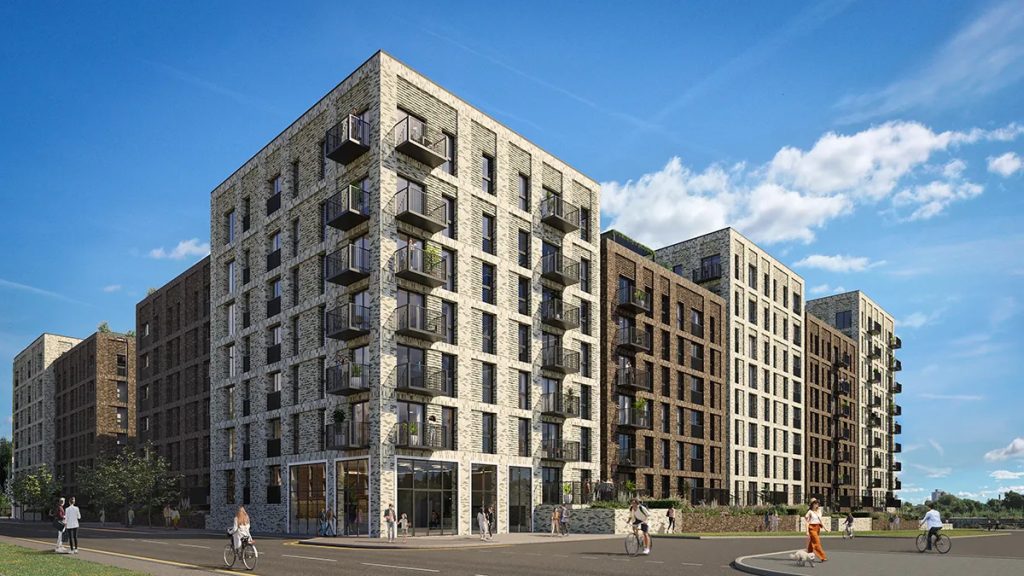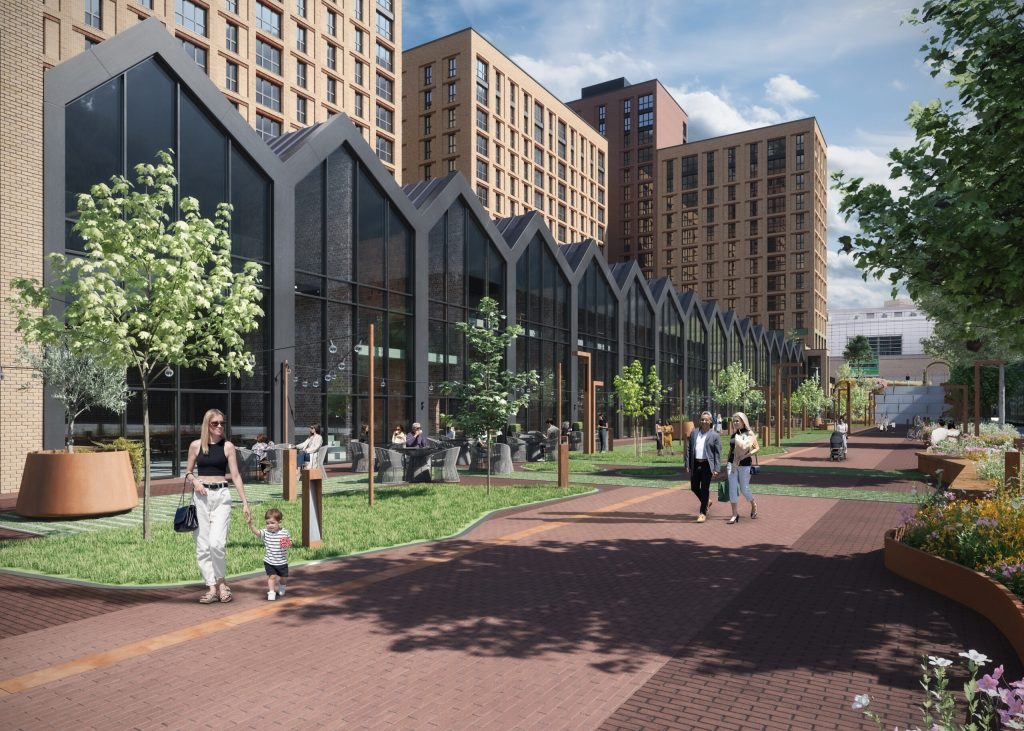Manchester’s urban landscape is undergoing a significant transformation as the city embraces sustainable architecture and green initiatives. Among these, the implementation of green roofs and walls stands out as a particularly impactful development. These eco-friendly features not only enhance the aesthetic appeal of buildings but also contribute to the urban climate, making them a compelling factor in property investment.
The Rise of Green Infrastructure
Green roofs and walls, also known as living roofs and vertical gardens, are increasingly being incorporated into Manchester’s architectural designs. These features involve the use of vegetation to cover building surfaces, offering numerous environmental benefits. The trend aligns with the city’s broader commitment to sustainability and urban greening, as seen in various initiatives and policies aimed at reducing carbon emissions and improving air quality.
Environmental Benefits
One of the primary advantages of green roofs and walls is their ability to mitigate the urban heat island effect. Urban areas tend to be warmer than their rural counterparts due to the concentration of buildings and human activities. Green roofs and walls help counteract this by providing natural insulation and cooling through the process of evapotranspiration. This results in lower ambient temperatures, which is particularly beneficial during heatwaves.
Additionally, these green installations improve air quality by trapping pollutants and particulates. They also promote biodiversity by creating habitats for birds, insects, and other wildlife, contributing to the ecological health of the urban environment.
Economic and Social Implications
The environmental benefits of green roofs and walls translate into significant economic and social advantages. For property investors, these green features can enhance the value of real estate assets. Buildings with green roofs and walls are often perceived as more desirable due to their aesthetic appeal and sustainable credentials. This increased desirability can lead to higher property values and rental yields.
Moreover, green roofs and walls contribute to energy efficiency by providing natural insulation. This reduces the need for artificial heating and cooling, leading to lower energy bills. For tenants and property owners, this translates into cost savings and a reduced carbon footprint.
Enhancing Urban Resilience
Manchester’s commitment to green infrastructure is also about enhancing urban resilience. Green roofs and walls can play a crucial role in managing stormwater runoff, reducing the risk of flooding. They absorb rainwater, which is then released slowly, decreasing the burden on the city’s drainage systems. This is particularly important in a city like Manchester, known for its rainy weather.
Furthermore, these green features contribute to noise reduction, creating quieter and more pleasant urban environments. This is an added advantage for residential and commercial properties alike, making them more attractive to potential buyers and tenants.
Impact on Property Investment
The integration of green roofs and walls into Manchester’s urban fabric is a positive signal for property investors. The trend towards sustainable building practices is likely to continue, driven by both regulatory frameworks and market demand. Investors who prioritise properties with green features can expect to benefit from long-term value appreciation and increased rental income.
TK Property Group highlights that sustainable properties are becoming increasingly popular among environmentally conscious tenants and buyers.





